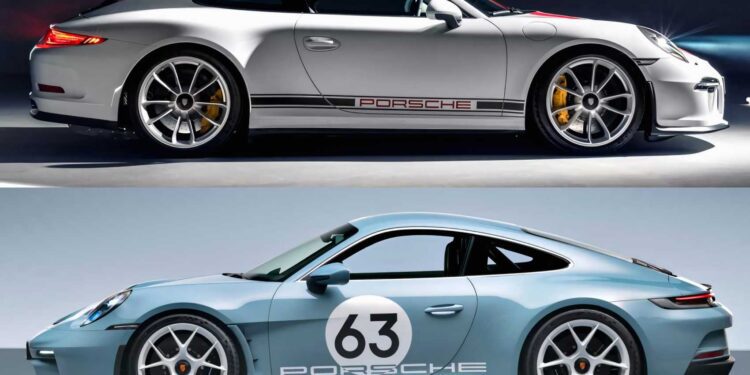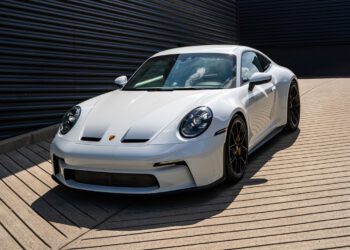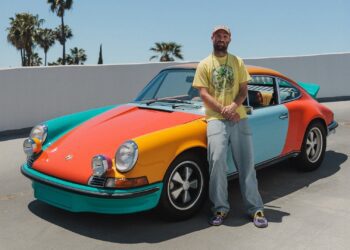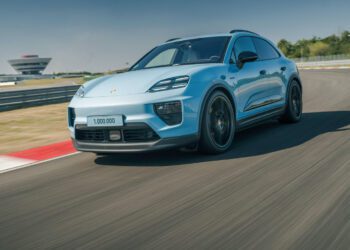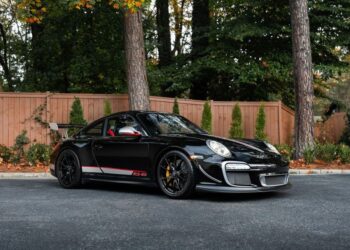There is something wonderfully unhinged about the (991.1) Porsche 911 R, a car that was engineered not in response to market trends or Nürburgring lap times, but as a deliberate, almost rebellious nod to purists who still believe that mechanical feel, driver feedback, and a proper analog gearbox matter more than anything else.
The 911 R was Porsche’s response to customers who begged for a 911 GT3 RS with a manual gearbox, without the wings, and without the track-day seriousness. While it still packs the RS’s 4.0-liter naturally aspirated flat-six, delivering 500 horsepower at 8,250 rpm and 339 pound-feet of torque at 6,250 rpm, it weighs over 100 pounds less and sounds even more savage thanks to thinner sound insulation, a lightweight flywheel.
Additionally, the front fenders and hood are carbon fiber, the roof is made out of magnesium, the rear windows are polycarbonate, and over 90 pounds of sound deadening were removed. For some context, the 991.1 GT3 RS tips the scales at 3,155 pounds.
The 911 R’s six-speed manual was not borrowed from any existing Carrera; it was developed specifically for this car, and later used in the 991.2 GT3 because of the R’s success. It features shorter ratios than the Carrera’s seven-speed manual, along with a mechanical simplicity that transforms every shift into a deliberate, mechanical action that rewards timing and precision over speed.
Power goes exclusively to the rear wheels alone, as it should in any 911 that wants to carry the spirit of the original 1967 911 R, a true lightweight. Carbon-ceramic brakes come standard, and if you wanted to go full masochist, you could also spec it with no stereo or air conditioning.
But what really makes the R special is that it is not a numbers car. Sure, it’ll hits 60 mph in 3.7 seconds and tops out at 201 mph, but that’s not the point. It’s a road car, not a garage queen, and the 245-section front and 305-section rear tires, narrower than the GT3 RS’ sitting on 20-inch rims, were chosen deliberately to encourage slip, feedback, and play. It’s balanced, not brute-force fast.
Matt LeBlanc called the 911 R “the best 911 ever made,” in his 2016 TopGear review. He was all praises about the steering feel, the absurdly communicative chassis, and the phenomenal sound profile. And rightly so, this thing revs to 9,000 rpm, and with less insulation than even the GT3 RS, you’ll hear everything: throttle bodies gulping air, driveline chatter, and brake pads dragging lightly against carbon rotors.
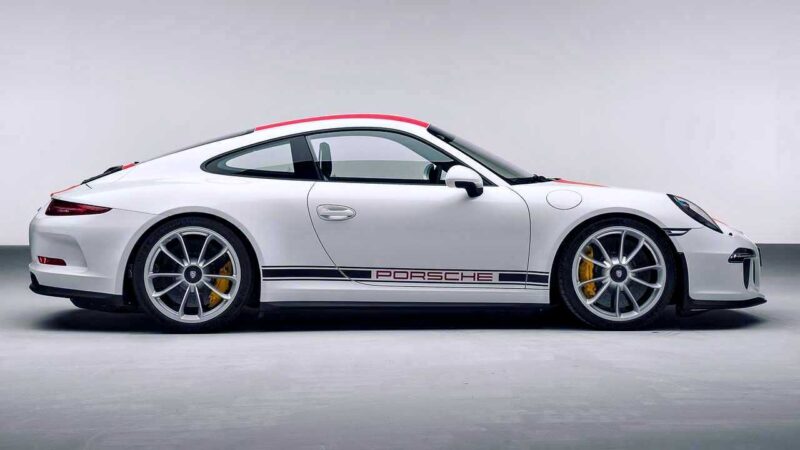
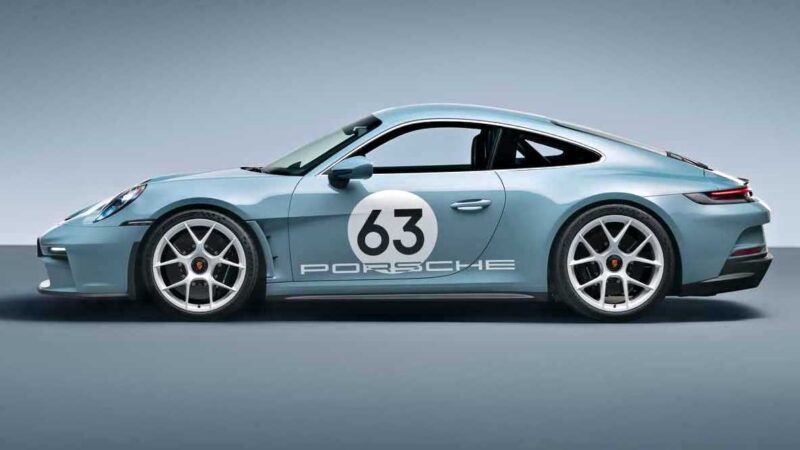
| Porsche 911 R (991.1) | Porsche 911 S/T (992.1) |
|---|---|
| 4.0L naturally aspirated flat-6 | 4.0L naturally aspirated flat-6 |
| 500 hp | 518 hp |
| 339 lb-ft | 343 lb-ft |
| 6-speed manual | 6-speed manual |
| 3.7 seconds | 3.7 seconds |
| 201 mph | 186 mph |
| ~3,021 lbs | ~3,056 lbs |
| 991 units | 1,963 units |
Few other cars from that period (2010s) offer this kind of experience. The Ferrari 458 Speciale comes close with its naturally aspirated V8 and razor-sharp response. The Lotus Evora GT410 Sport captures similar tactile thrills but lacks the same top-end ferocity. The 911 R, though, is different as it also ties the savage driving experience with the 911’s reputation for being a daily everyday sports car.
It has become the benchmark for what a modern analog Porsche should feel like, which is exactly why Porsche revived that spirit in the 992.1 911 S/T nearly a decade later, which also has the same basic ingredients: a naturally aspirated flat-six with a manual gearbox, and no wing.
Today, both command similar reverence and resale values, with average market prices hovering around $500,000 according to Classic.com. Now, Porsche built only 991 units, that sold out instantly, and today, it sits in rare company, both emotionally and financially, with its spiritual successor, the 992.1 911 S/T. Also, like the R, the S/T is a limited run model, making both cars unicorns in the analog Porsche lineage.
However, unlike the R’s 991 units, the S/T’s production run is higher at 1,963 units globally, making the R far more exclusive, and this is reflected in the average market price for both, which now hovers around $500,000. Given a choice, which one would you choose?
Images Source: Porsche

